What is yeast?
Yeast is a single-celled organism growing all around us and inside our bodies, and has been utilised by humans for thousands of years for the making of bread, beer and wine.
The scientific name for the most common yeast that bakers use is Saccharomyces Cerevisiae, which means “sugar-eating fungus.” This species of yeast is very strong and is great for getting bread dough to rise.
How does it work?
Yeast cells feed on sugar and starches, expelling carbon dioxide as a result. In bread baking, the carbon dioxide cannot escape because the dough is elastic and stretchable, and this is what makes the dough rise.
The most common type of yeast used in home baking is active dry yeast, found in any supermarket. This is handy as it often comes in individual sachets and can be stored for a relatively long period of time.
There is a multitude of different recipes out there for yeast bread, but the basics remain the same.
Here are the key steps to ensure your bread-baking success:
• Check the expiration date on the packet. If it’s out of date, the yeast won’t become active and the bread won’t rise.
• Test the yeast. Dissolve a sachet of active dry yeast with a pinch of sugar in a cup of warm water and let it sit for five minutes. If the mixture bubbles and froths, the yeast is alive.
• Combine into a dough as per the recipe, then turn it out onto a floured work surface.
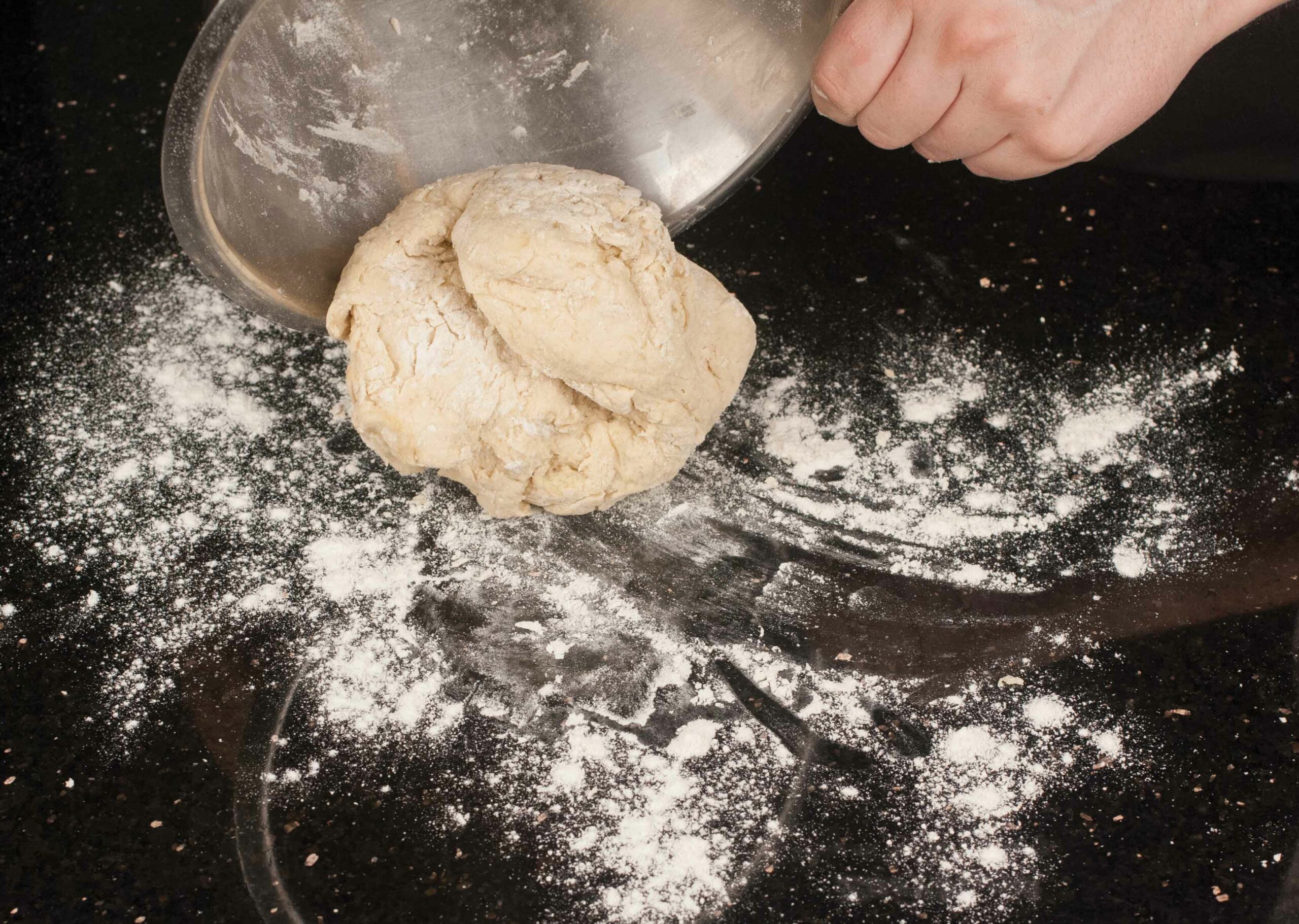
• Knead it for at least 10-12 minutes; as my mother would say, knead till your hands hurt! The dough will become more elastic, and is ready when you can push a finger in and the spot where your finger was springs right back.
• Gather the dough into a ball and fold it in half towards you. Press down and away from you firmly but lightly with the heels of your hands. Turn by 90 degrees and repeat.
• Grease a clean mixing bowl with a little oil and place the kneaded dough inside. Yeast dough rises best in warm temperatures, so keep the bowl in the kitchen and cover it loosely with cling film or a clean tea towel.
• After dough has been left to rise, it needs to have the excess air pushed out of it. This is called ‘knocking back’. Use floured hands to scrape the dough from the bowl and turn it out onto a floured work surface. Knead roughly for a few minutes, pushing air out until it is soft, smooth and elastic.
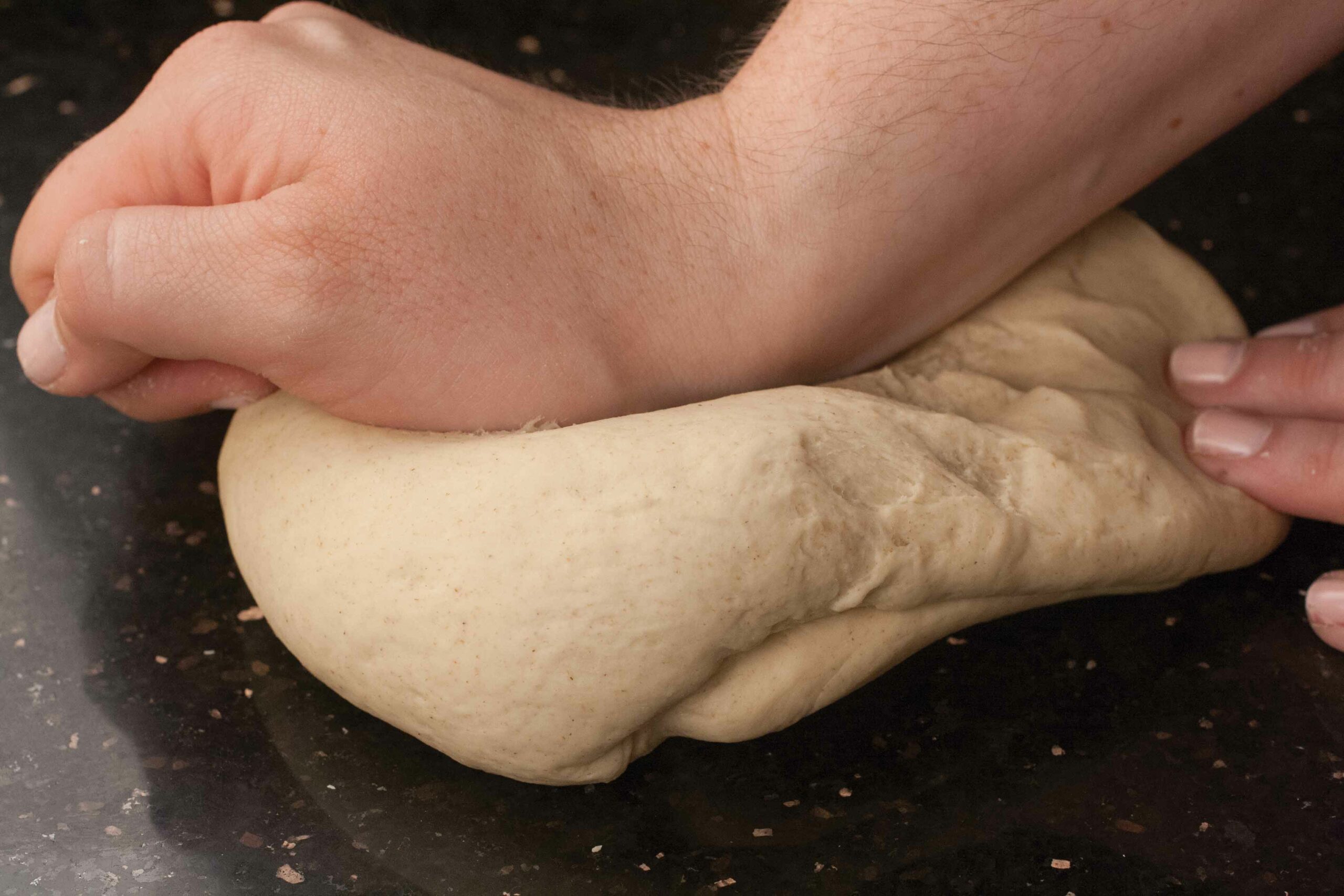
• Place the dough in a greased loaf tin, then cover the dough and let it rise again in a warm place just until nearly doubled in size. This step is called proving.
• Bake your loaf as directed in the recipe. For crusty bread, place a pan of water in the bottom of the oven; this will evaporate into steam, forming a chewy, crispy crust.
For more tips about yeast, check out this guest blog
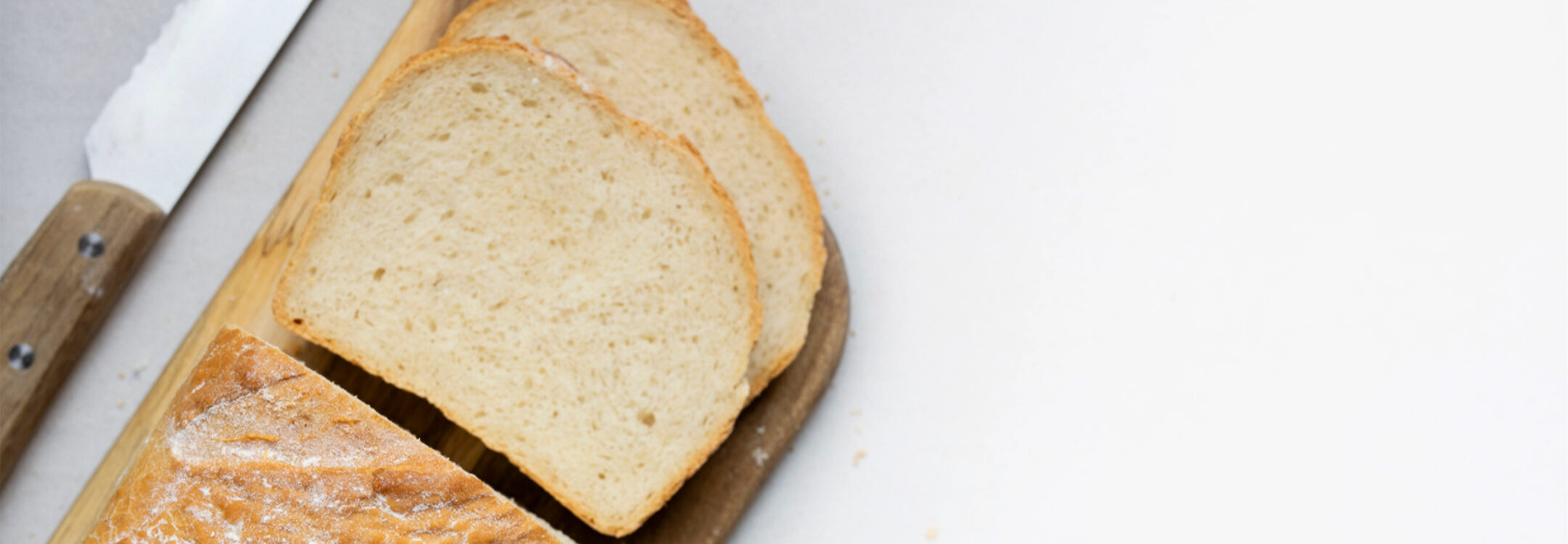
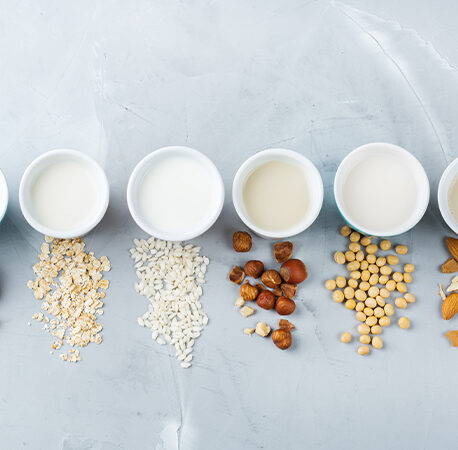


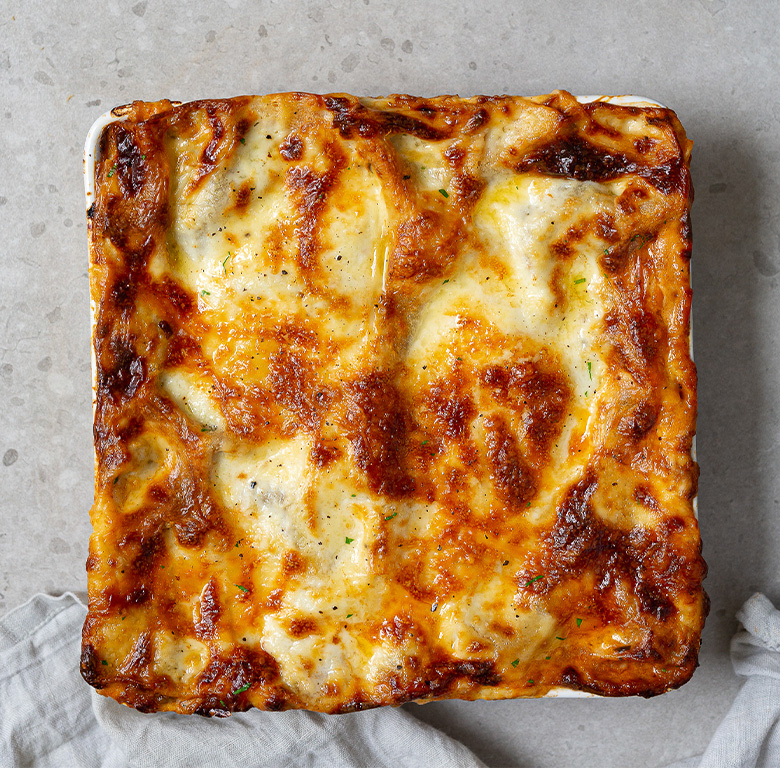

You have to be signed in to comment this post.